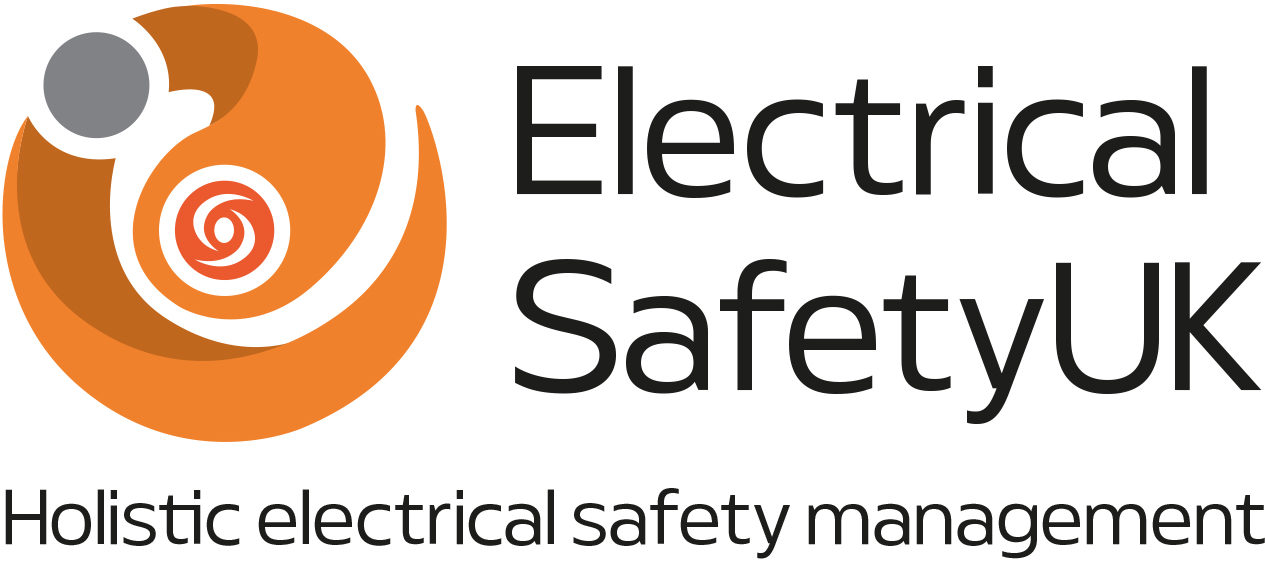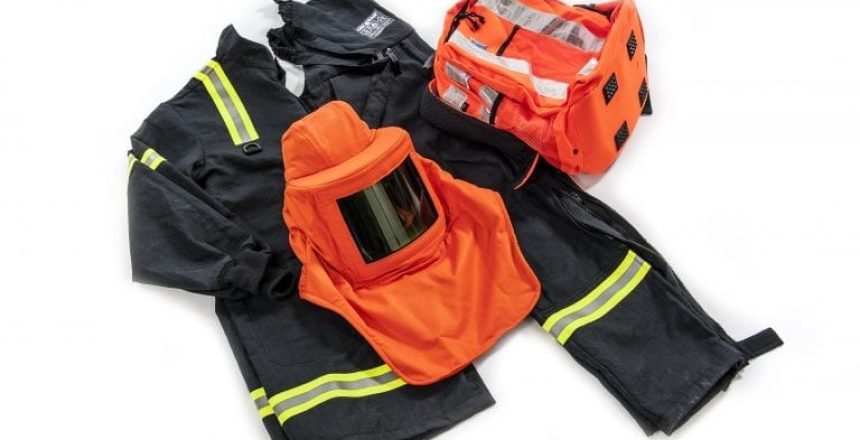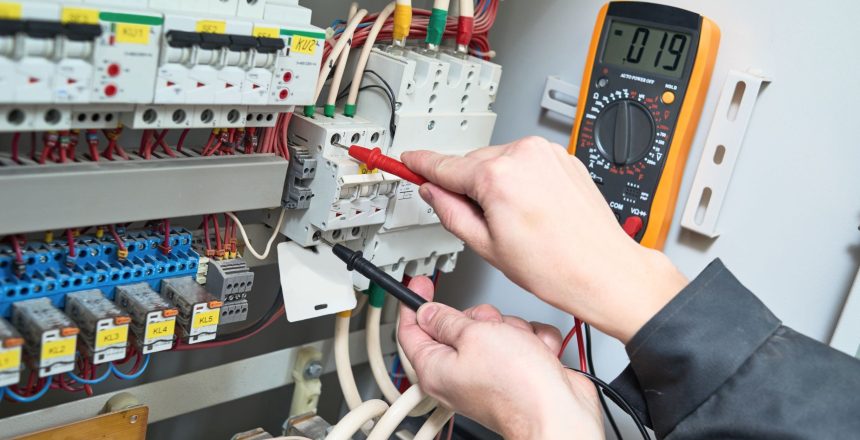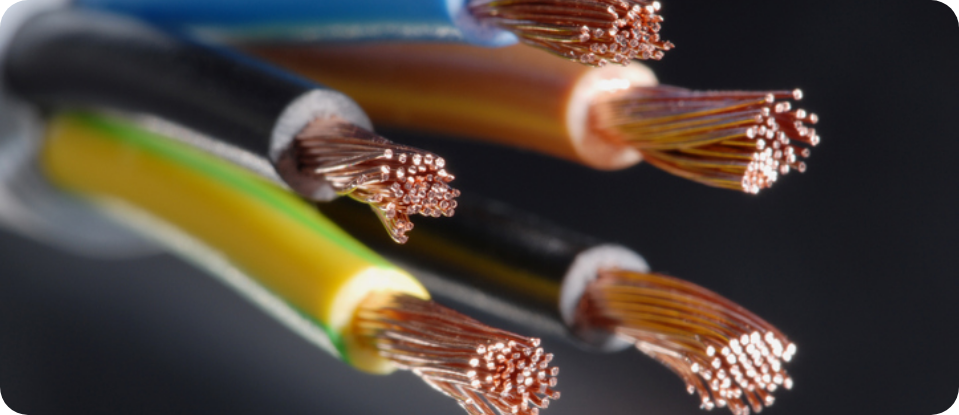Principal Electrical Engineer, Paul Hopton, explains Arc Flash personal protective equipment ratings.
Arc Flash Personal Protective Equipment (PPE) – International Testing Standard
IEC 61482 specifies test methods to determine the arc rating of arc flash resistant clothing materials and garments, or assemblies of garments intended for use in clothing for workers where there is an electric arc hazard.
- IEC 61482-2:2018: Protective clothing against the thermal hazards of an Electric Arc
- Specifies requirements applicable to fabrics (materials) and garments for protective clothing worn by electrical workers against the thermal hazards that may be present during an electrical arc flash event.
- Manufacturers must use one (or both) of the following test methods for their fabrics and garments.
- IEC 61482-1-1/2: 2014 Testing of Protective Clothing Standard
- Two recognised methods of testing:
- Open arc testing according to EN IEC 61482-1-1:2019
- Arc in a box testing according to EN IEC 61482-1-2:2014
- Two recognised methods of testing:
It should be noted that arc flash clothing protects against thermal arc flash hazard only.
This test method determines the arc rating (ELIM, ATPV and/or EBT) of clothing materials and of protective clothing using an open arc. The following terms are applicable to this test method:
- ELIM: Incident Energy Limit Value
- ATPV: Arc Thermal Performance Value
- EBT: Energy Break-open Threshold
This method is based upon an open arc under controlled laboratory conditions. Protection of eyes, face, head, hands and feet against electric arc hazard is not covered.
Figure 1 below explains the ATPV and ELIM test method arc rating evaluation methods. The clothing is tested using an open arc. A minimum of 20 test points are required. The red dots represent each test result’s evaluation against the Stoll curve or second-degree burn curve (the ‘S’ shaped curve in the figure).
A second-degree burn is also called a partial-thickness burn. A second-degree burn occurs when the first layer and some of the second layer of skin are burned. For most, a second-degree burn will heal in a few weeks without any lasting visible reminders of the burn. But some people might experience skin discoloration in the affected area. Some second-degree burns leave scars.
If the red dot is above the curve, then during that test the PPE demonstrated at least a 50% probability of the wearer receiving a second-degree burn. If the red dot is below the curve, then during that test the PPE demonstrated that there is not a 50% probability of the wearer receiving a second-degree burn.
ATPV: The test data is evaluated against the Stoll curve (or second degree burn curve) and through logistic regression techniques, a data generated curve determines the probability of burn injury at various incident energies. The arc rating of the fabric or fabric system is then determined as the incident energy measured in cal/cm2 that has a 50% probability of causing a second-degree burn through the fabric.
EBT: This is the 50% probability of a one-inch crack in the material.
ATPV and EBT are both evaluated when determining the rating of arc flash PPE, the lowest value of the two, for any given garment is taken as the effective rating of the garment.
ELIM: The numerical value of incident energy attributed to a product (material or clothing), below which all product responses are below the Stoll Curve and without breakopen.
ELIM is calculated by averaging the three highest incident energy level tests below the mix zone, as shown in Figure 1 above.
The “mix zone” is known as the range in testing between the lowest incident energy level that crossed the Stoll Curve, and the highest incident energy level that did not cross the Stoll Curve.
The ELIM rating normally expressed in cal/cm2, will be lower than the ATPV/EBT rating for any given arc flash PPE system.






